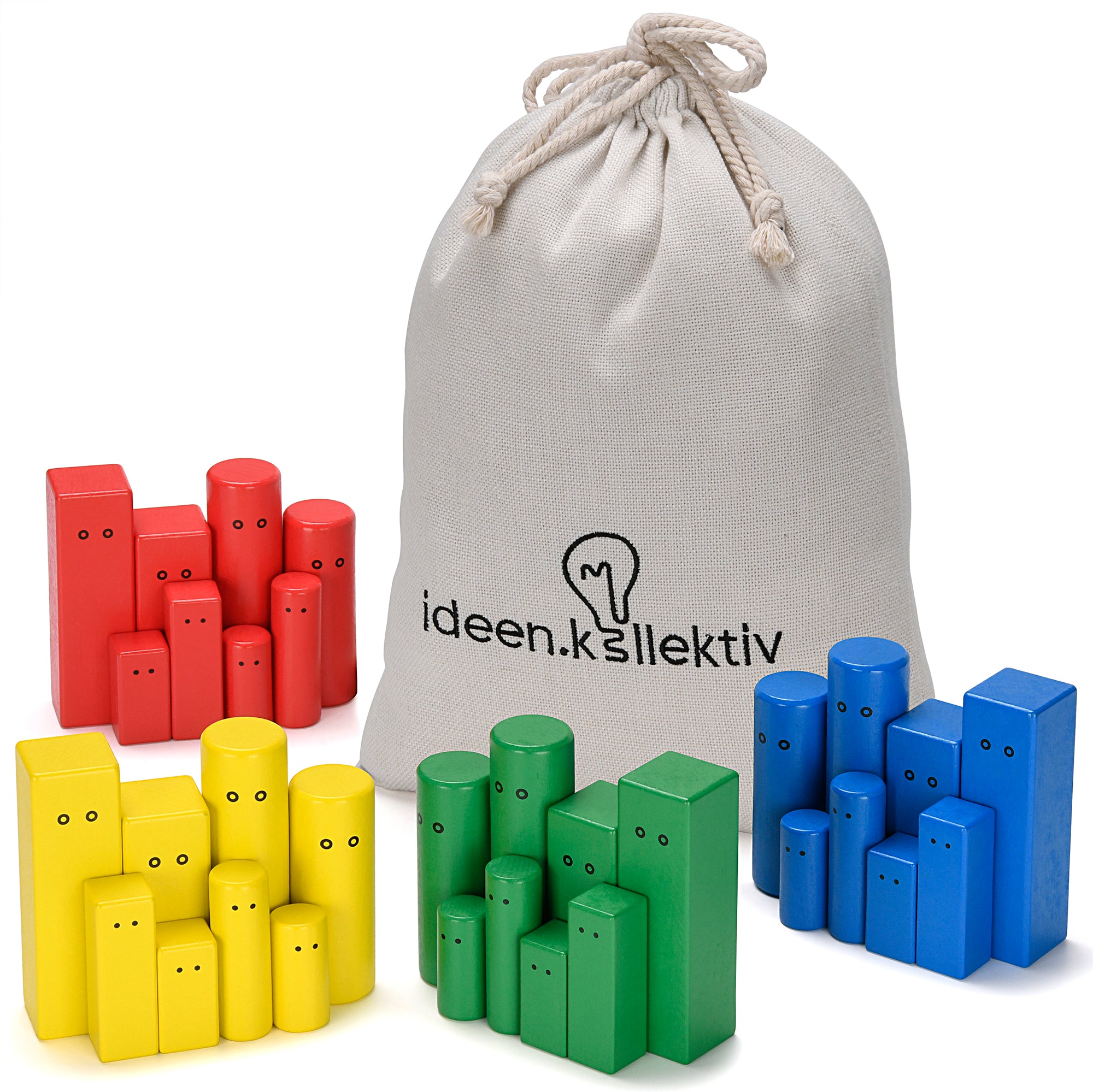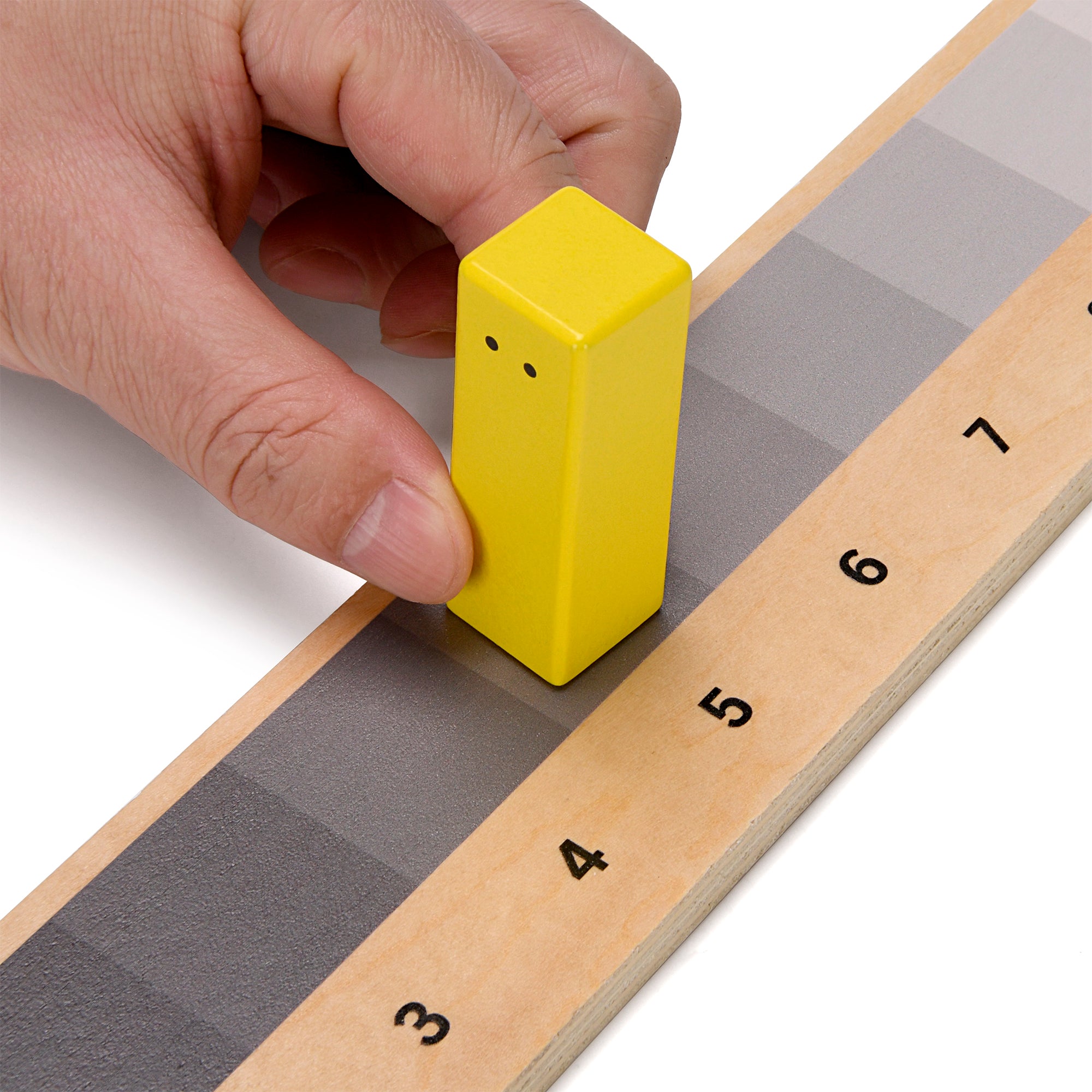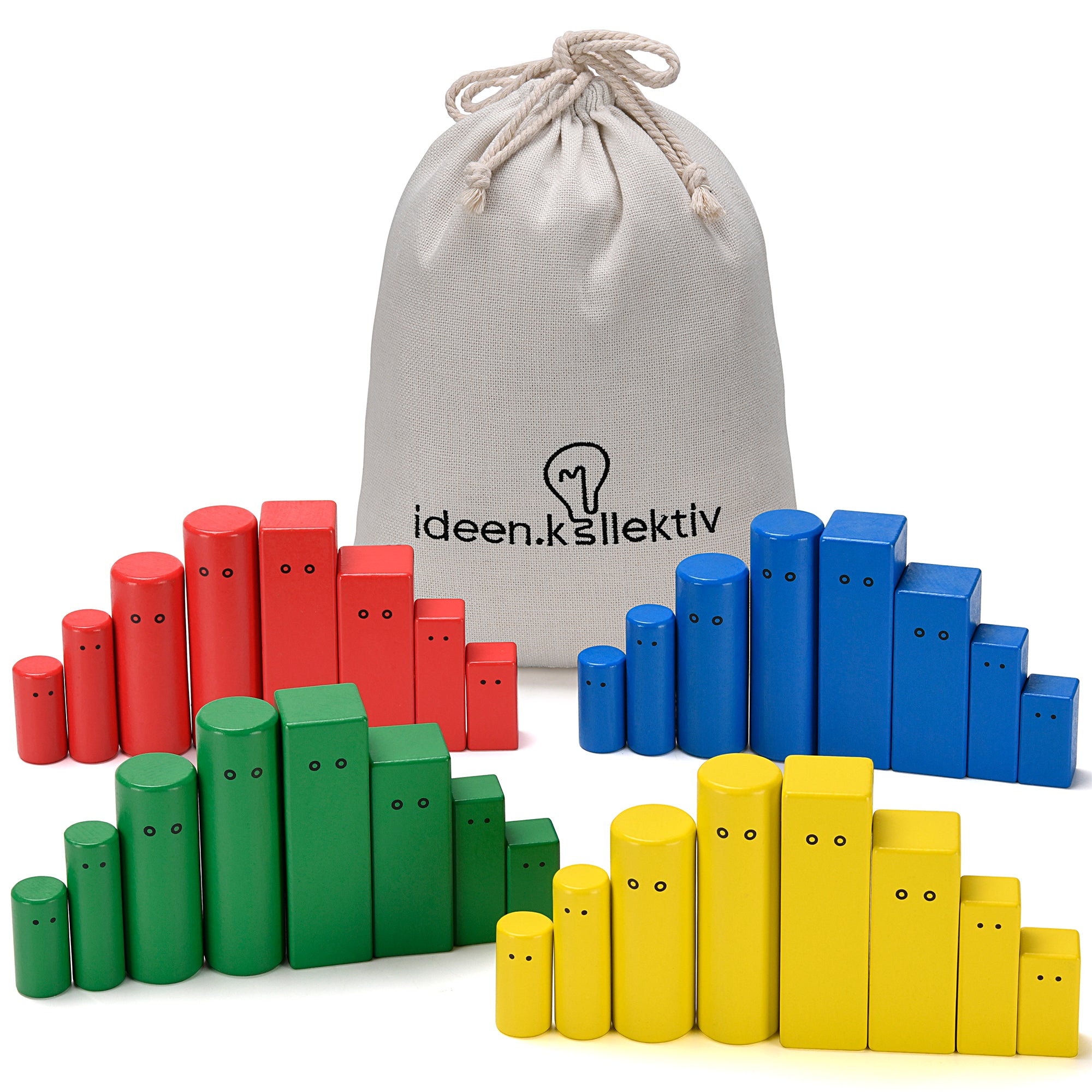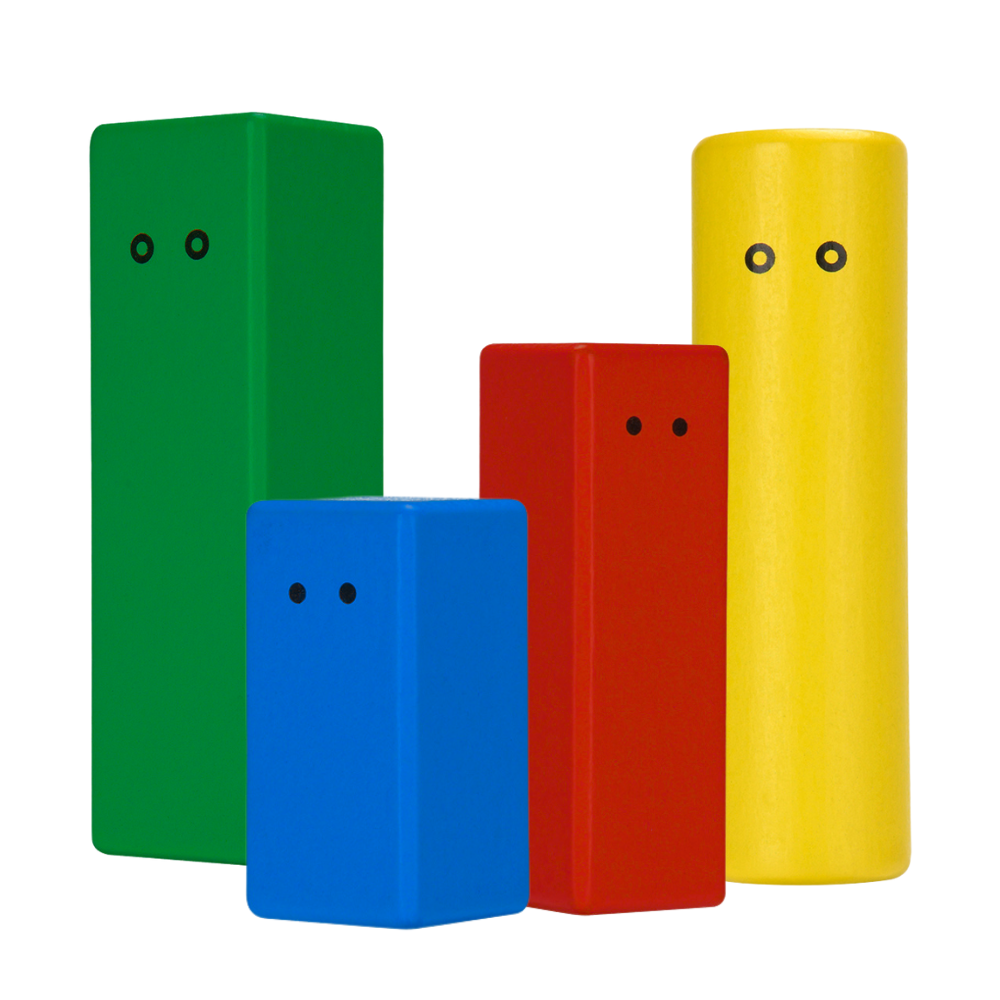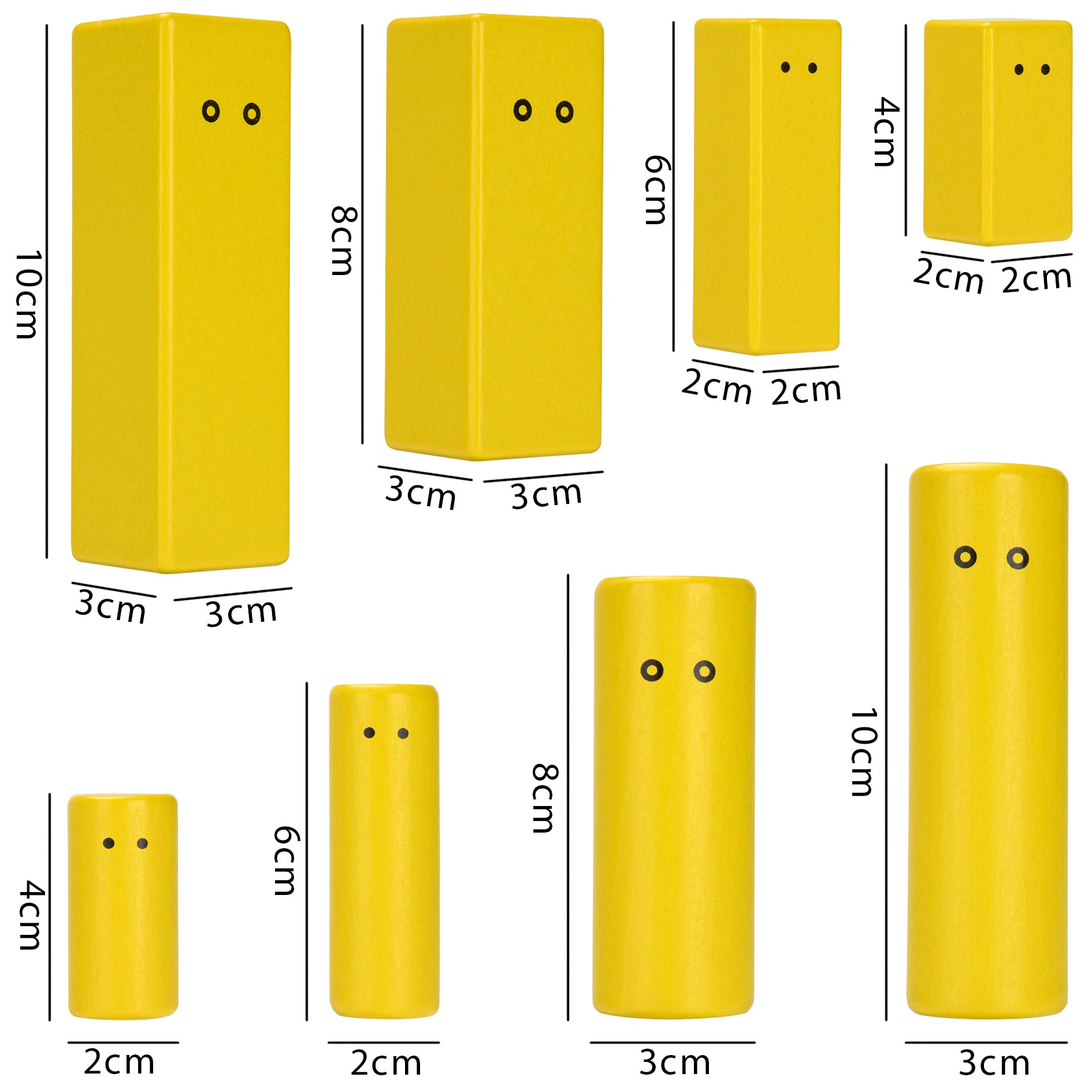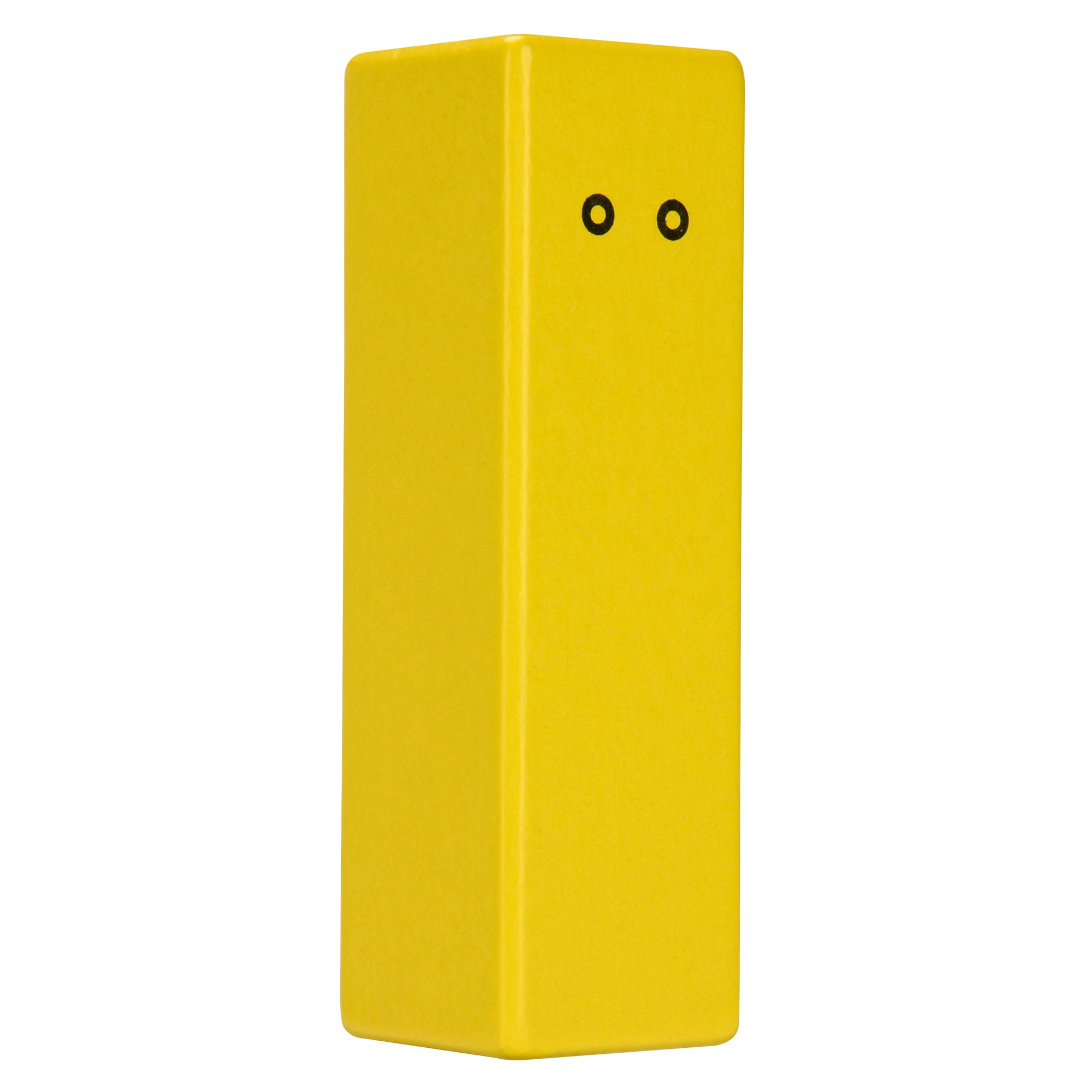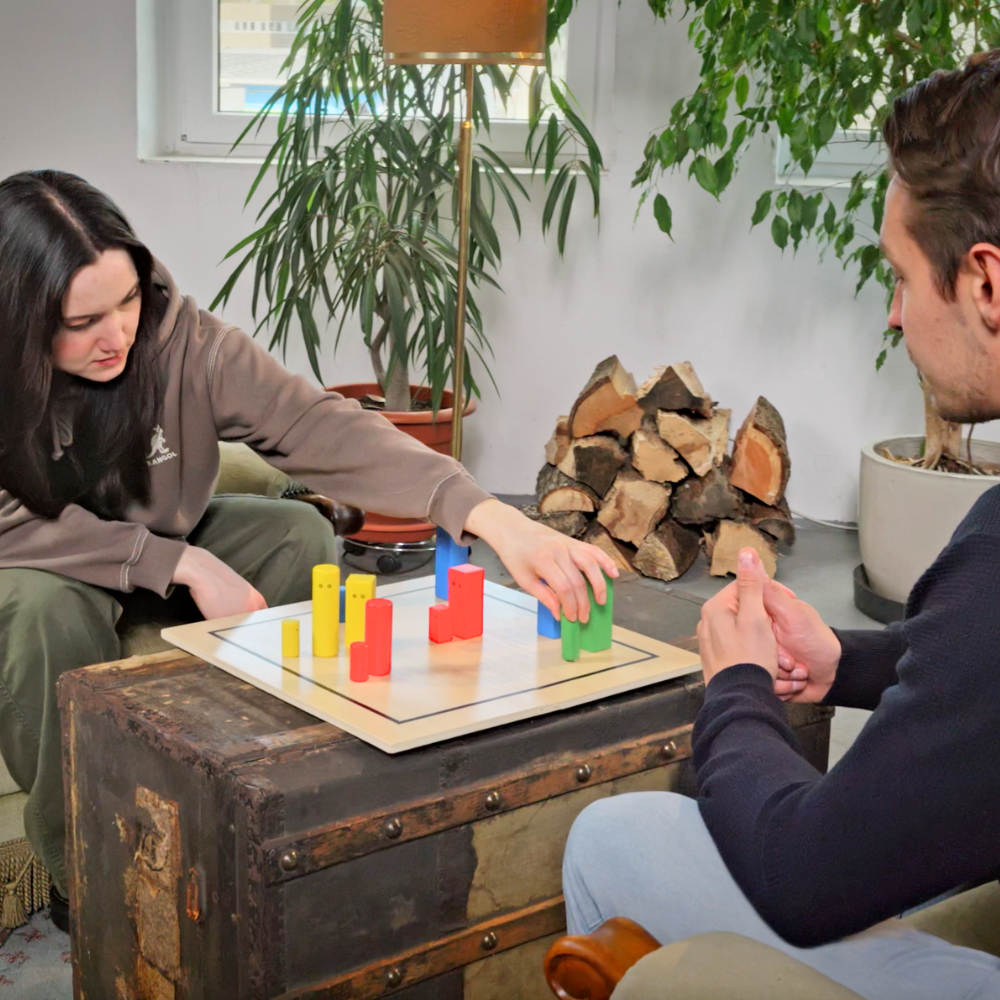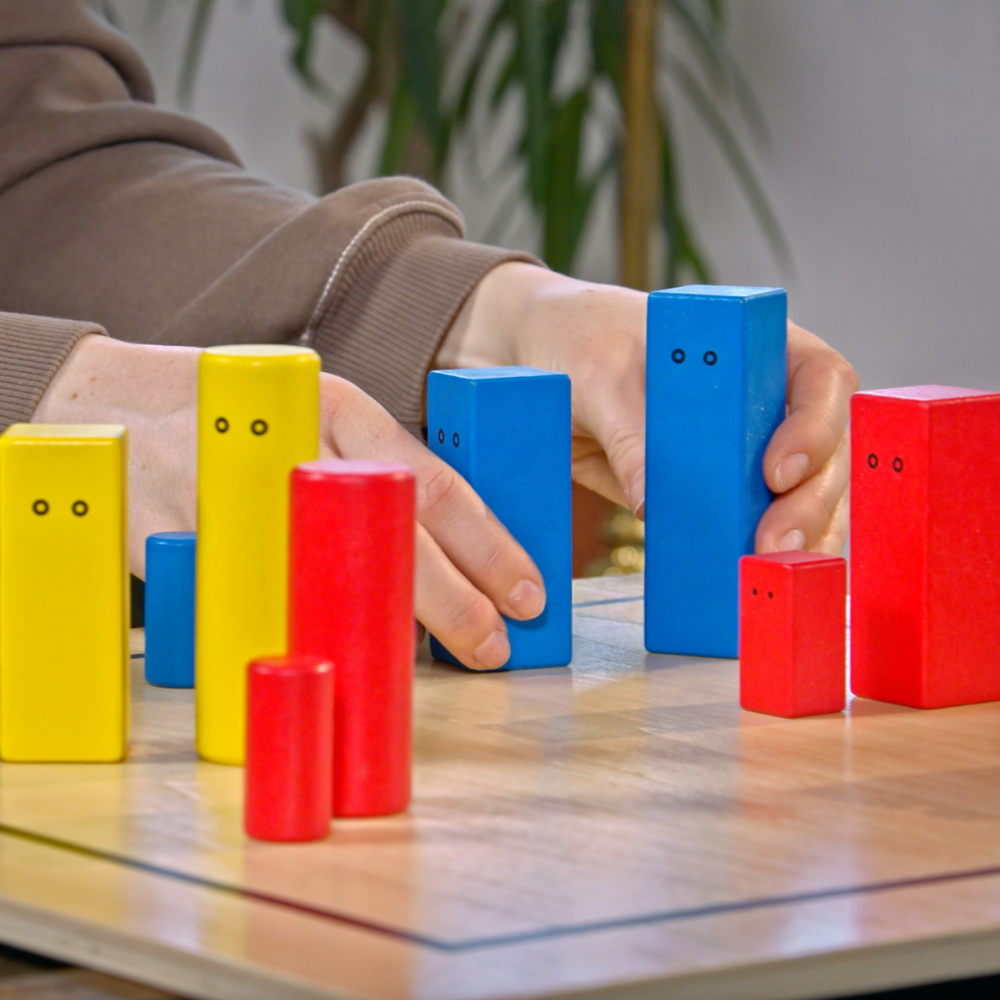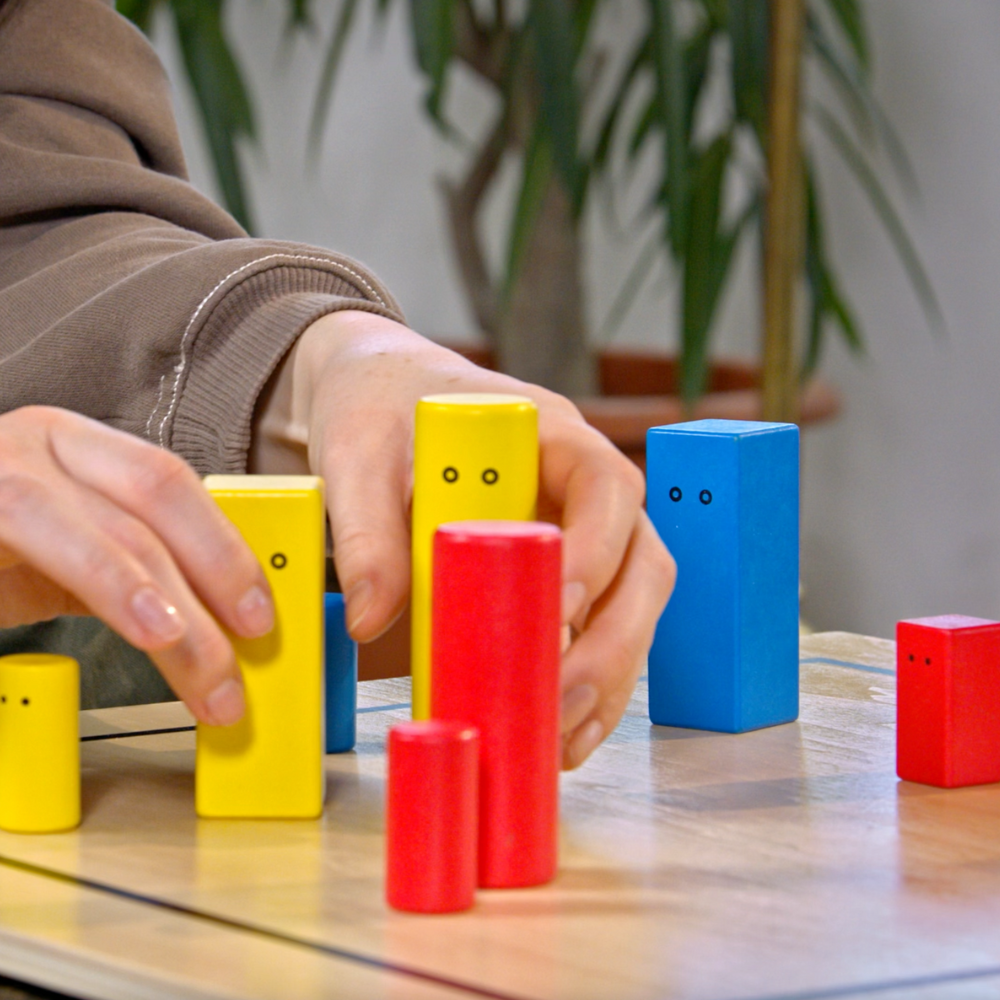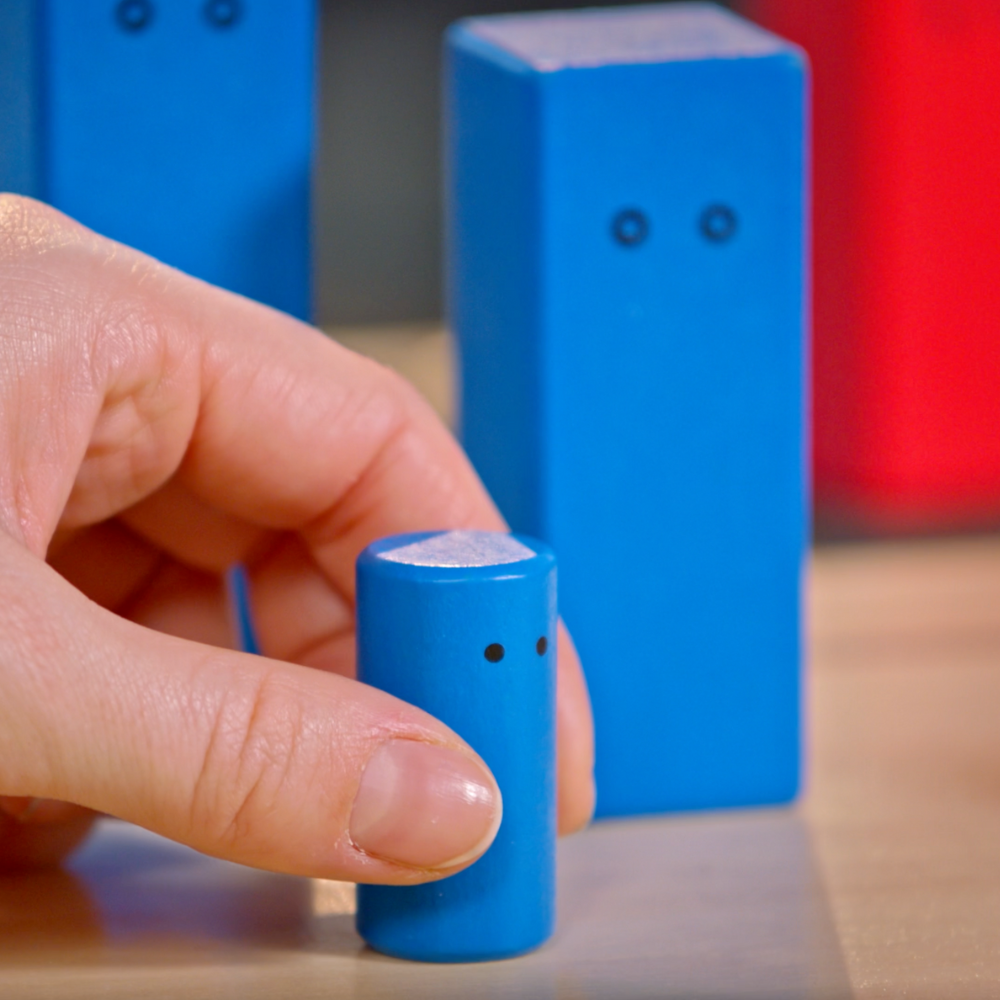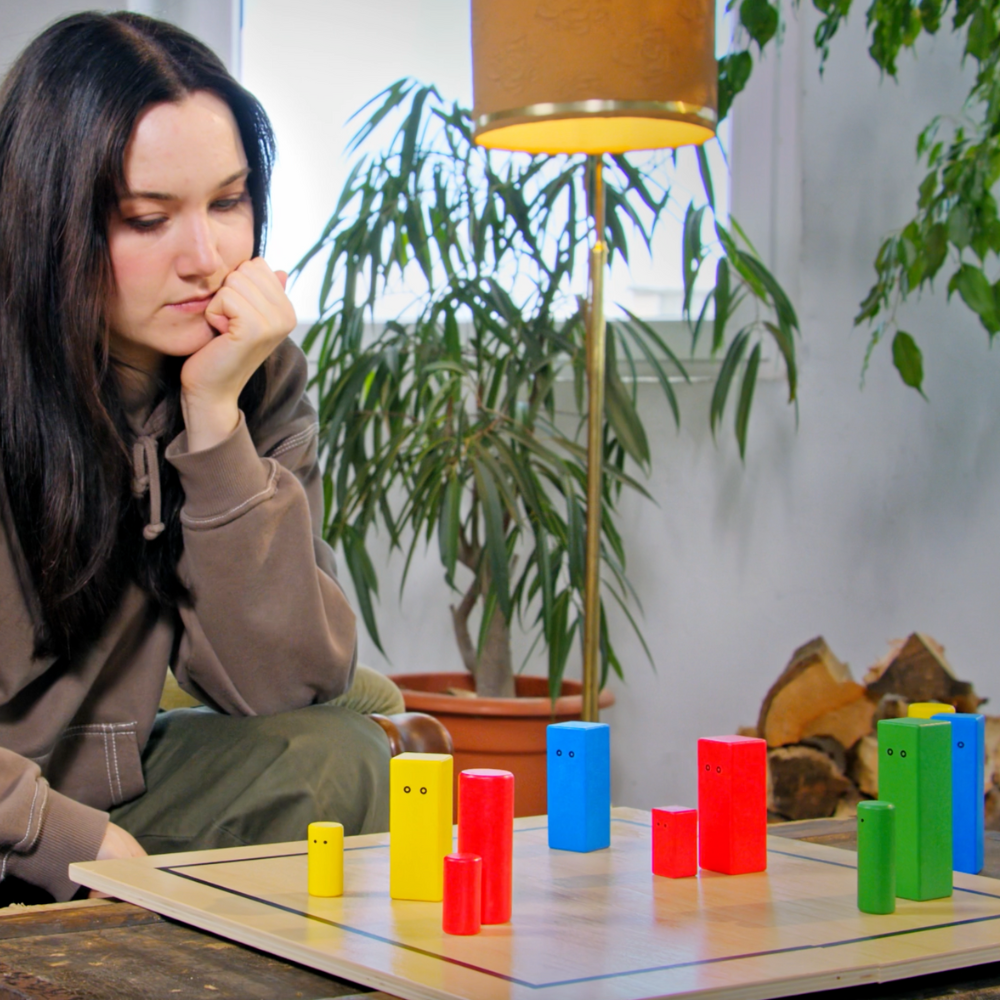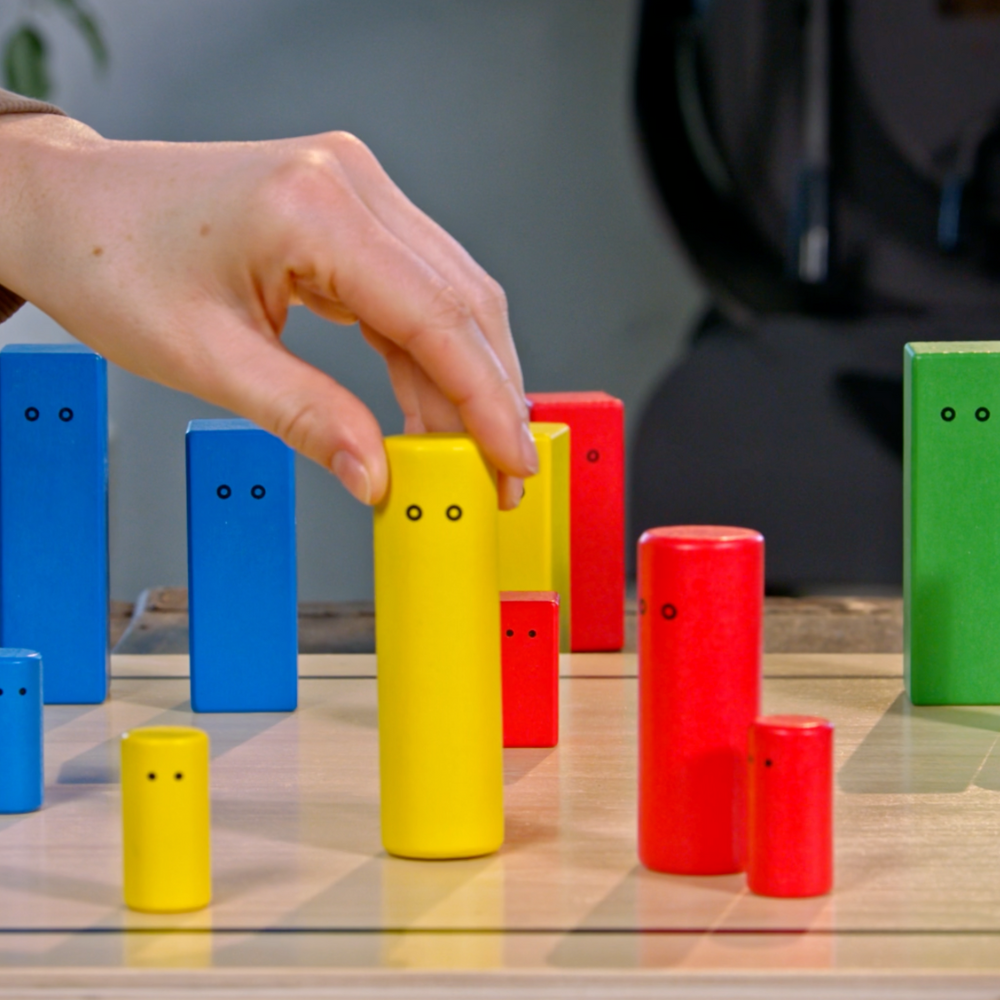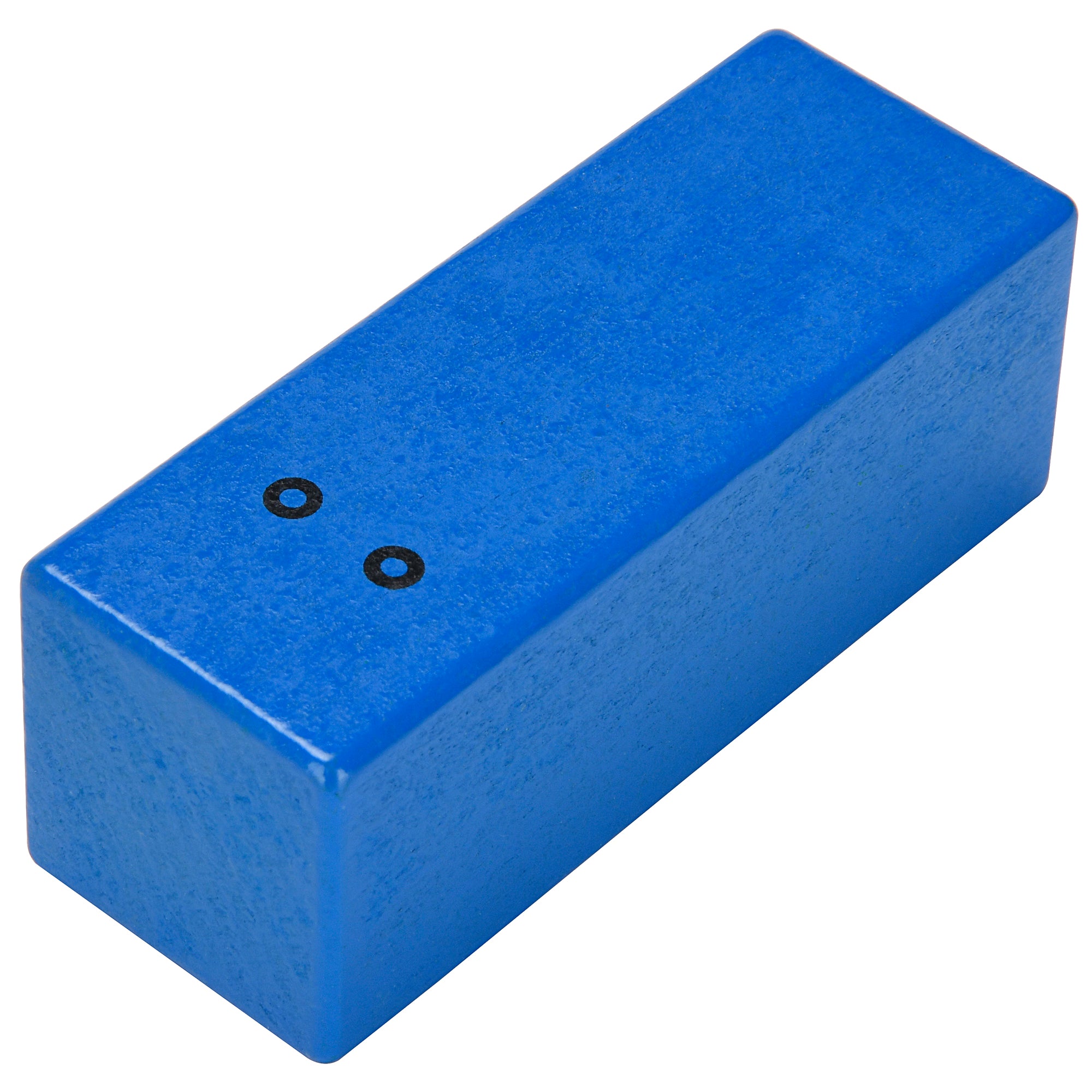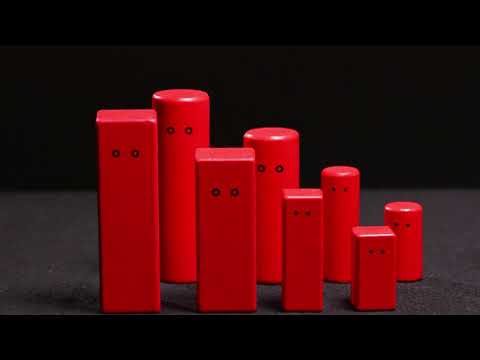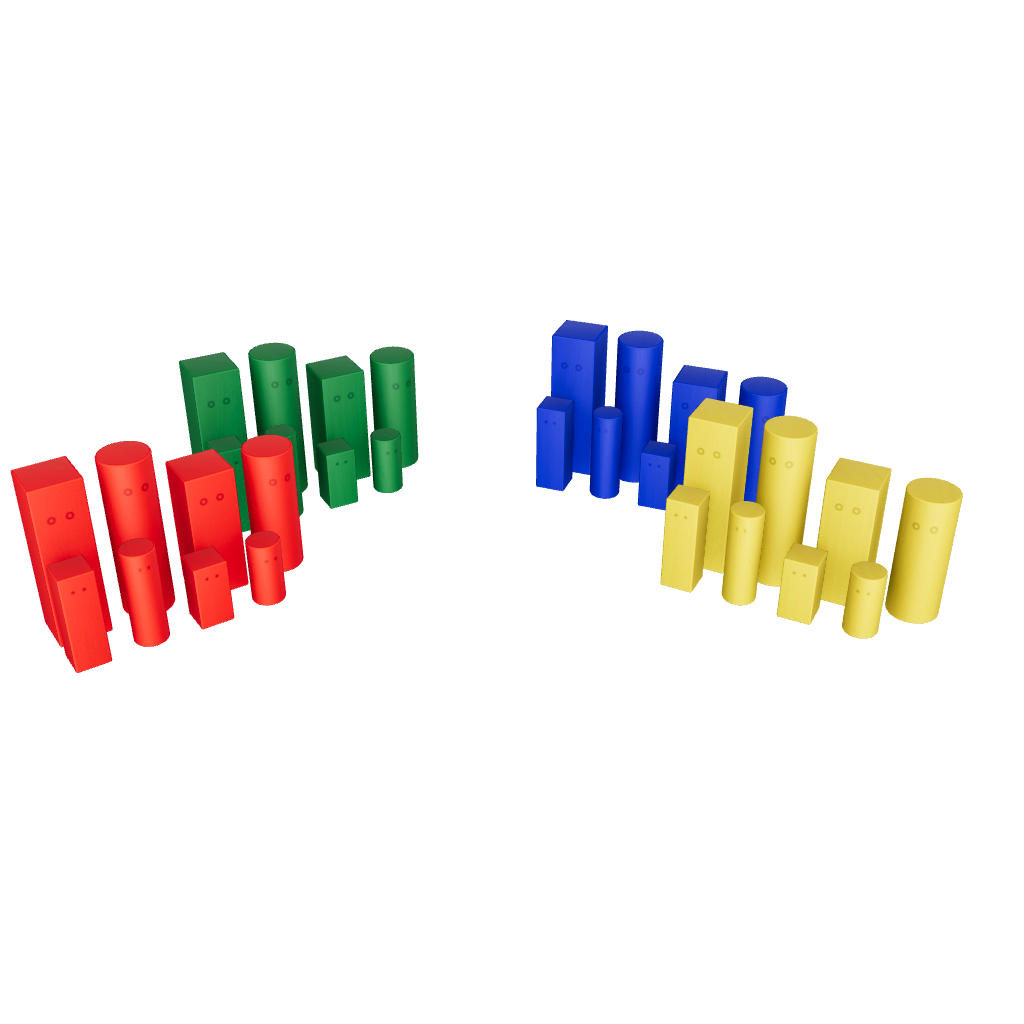In an increasingly interconnected world, it is essential to understand different personality types. The Four Colors Model, derived from the DISC model, offers you a clear and simple method to identify human behaviors and communicate better.
What is the four-color model?
The four-color model assigns personality types to four colors: red, yellow, green, and blue. Each color represents specific behavioral patterns and preferences that help you assess people quickly and effectively.
Red personality type: The dynamic leader
- Characteristics : Energetic, determined, direct
- Behavior : Strong leadership, competitive, quick decisions
- Communication : Clear and direct
Yellow personality type: The optimistic networker
- Characteristics : Extroverted, enthusiastic, sociable
- Behavior : Be the center of attention, draw energy from interactions
- Communication : Open and inspiring
Green personality type: The reliable supporter
- Characteristics : Calm, reliable, supportive
- Behavior : Values harmony, excellent listener
- Communication : Thoughtful and empathetic
Blue personality type: The analytical thinker
- Characteristics : Methodical, analytical, detail-oriented
- Behavior : Decisions based on data, planned action
- Communication : Logical and structured
These well-known characters from films and series illustrate the different personality types of the four-color model and help you to better recognize and understand these types in real situations:
Red personality type: Miranda Priestly from "The Devil Wears Prada"
- Why Red? Miranda Priestly embodies the red type through her decisive and strong leadership style. She makes quick and often tough decisions to achieve her goals and keep her fashion magazine at the top. Her direct and sometimes intimidating communication style reflects the typical characteristics of a red personality type.
Yellow personality type: Forrest Gump from "Forrest Gump"
- Why yellow? Forrest Gump is a prime example of the yellow type because he is characterized by his cheerful and optimistic nature. Despite challenges and setbacks, he always remains positive and wins people over with his warm, welcoming nature. His stories and life experiences, which he likes to share, make him a lovable and inspiring character.
Green personality type: Samwise Gamgee from "The Lord of the Rings"
- Why Green? Samwise, often simply called Sam, displays the typical characteristics of the green type through his deep loyalty and reliability. He supports Frodo on his dangerous journey, not through physical strength or orders, but through constant care and emotional support. His calm and thoughtful way of solving problems and avoiding conflict underlines his green personality.
Blue personality type: Sherlock Holmes from the series "Sherlock"
- Why Blue? Sherlock Holmes is the epitome of the blue type. His methodical approach to puzzles and analytical mind enable him to solve complex cases that often seem incomprehensible to others. Holmes' preference for facts, his attention to detail and his logical thinking are characteristic features of a blue personality type.
Application of the four-colour model in practice
The model is used in various areas such as team building, leadership coaching and education. It helps you understand the dynamics in teams and develop more effective communication strategies.
A helpful tool for visualization
Discover our systemic wooden Pro figures in the four model colors , which are ideal for representing the interactions of personality types in systemic constellations. These figures are perfect for workshops, training courses and coaching sessions.
Build bridges, create connections
At the end of the day, it's about building bridges - between theory and practice, between knowledge and action, between yourself and the people you work with. The Four Colour Model is the key to a deeper understanding of these connections.
The figures in the four colors of the model are more than just illustrative tools; they are companions on the way to opening up new perspectives in consulting situations, workshops or classrooms. They allow you to understand the subtle play of personalities and to recognize and promote the potential of each individual.
In the hands of those who strive to accompany developments, resolve conflicts or train communication on a daily basis, these figures become an indispensable part of every toolbox. They open up a space in which dynamics can not only be discussed, but also made visible and tangible.
For those who teach and inspire, for those who advise and support – the Four Colours Model and its associated systemic figures are an invitation to embark on a journey where each step leads to greater understanding and connection.





